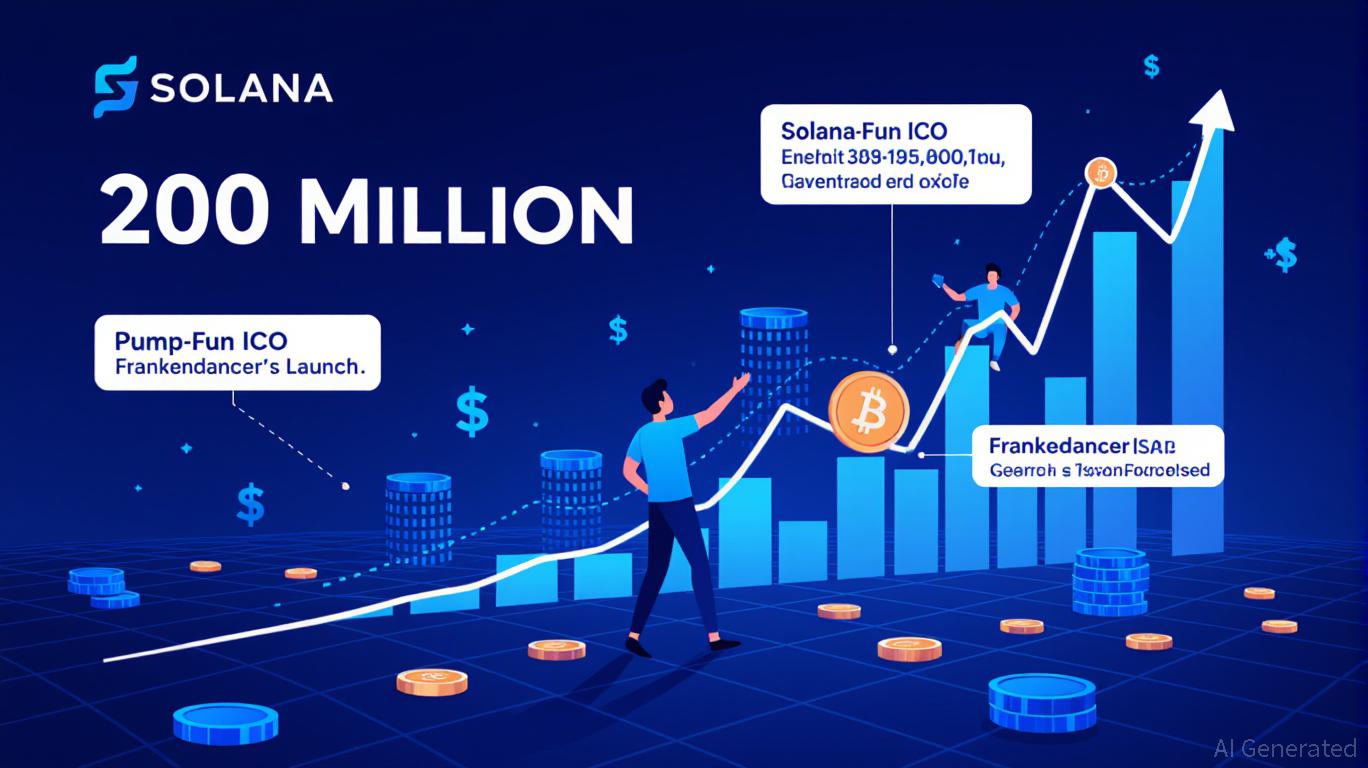OG Bitcoin Whales’ Massive 2025 BTC Dump Sparks Market Turmoil
- Main event involves large BTC sell-off causing market volatility.
- Retail investors balance whale sell-off.
- Whale dumping decreases BTC prices to $102,000.
OG Bitcoin whales offloaded significant BTC holdings in 2025, leading to major market volatility and price drops. This activity contributed to a 19% decline in Bitcoin prices from $126,000 to $102,000 while dividing institutional and retail behavior.
Long-term Bitcoin whales, holding over 10,000 BTC each, aggressively sold off holdings throughout 2025, causing major market volatility and downward price pressure according to Glassnode .
Whales’ BTC sales highlight broader market shifts and increased retail buyflows. Institutional investors hedge against volatility, reflecting maturation in market dynamics.
Impact on Market Dynamics
The sell-off by major Bitcoin holders has intensified market volatility, with long-term whales known as “OG” whales moving large sums that disrupted price stability. Glassnode data shows these actions have played a pivotal role in recent market trends.
Key players involved in this situation are the OG Bitcoin whales’ dumping activities who started distributing large quantities of Bitcoin, leading to significant changes in market dynamics. “Super whales” reportedly sold over 1,000 BTC per hour, reflecting substantial market activity. As Charles Edwards, Co-founder of Capriole Investments, stated:
“Super whales have been liquidating at an unprecedented pace, spending over 1,000 BTC per hour since early 2025.”
The immediate impact on the market includes a notable fall in Bitcoin’s price, which dropped nearly 19% from its October 2025 high. This volatility spread to other cryptocurrencies, influencing retail investor behavior and increasing interest in alternatives like Ethereum and Zcash.
Financial Implications and Future Market Trends
Financial implications of the whale selling include increased volatility and altered investment patterns. Retail investors are steadily accumulating BTC, counterbalancing the outflow from whale dumps. This shift underscores the evolving structure of cryptocurrency markets.
Potential outcomes involve continued volatility and changing market strategies amongst investors. Experts suggest that these activities might signify a phase of market restructuring, further highlighted by retail investors gaining a more significant market presence. Development in sectors like Ethereum showcases signs of asset rotation.
Disclaimer: The content of this article solely reflects the author's opinion and does not represent the platform in any capacity. This article is not intended to serve as a reference for making investment decisions.
You may also like
BREAKING: Bitcoin Crashes Below $92,000 — Entire Crypto Market Bleeds
BREAKING: Ethereum Price Crashes Below $3,000 as Bitcoin Triggers Market Meltdown
ZKP's Build-First Movement: $100M Infrastructure Set, Speculation Not Permitted
- ZKP’s $100M pre-launch infrastructure includes $17M in Proof Pods hardware, enabling immediate global deployment post-presale. - The project’s real-time tracking dashboard links rewards to device performance and market prices, ensuring transparent, self-stabilizing economics. - Daily on-chain auctions distribute 200M tokens proportionally, eliminating gas wars and creating mathematically verifiable fairness for all participants. - Institutional interest grows as ZKP’s encrypted AI architecture attracts e
Solana's Latest Price Swings and Network Stability: Should Investors See a Chance to Buy or a Reason for Caution?
- Solana (SOL) demonstrates 2025 network resilience with 16-month uptime, 200M+ daily transactions, and 1M+ TPS via Frankendancer upgrades. - Price volatility sees 48% pullback from $293 high to $153, driven by regulatory risks, macroeconomic shifts, and external shocks like Sharps Technology's treasury losses. - Institutional adoption (e.g., VanEck's $1B ETF) and 50% staking growth signal long-term potential, though daily 6% price swings highlight market sentiment risks. - Network stability remains intact
